Check out Lobo on YOU TUBE:
•••••••••••••••••••••••••••••••••••••••••••••••••••••••••••••••
www
.youtube.com/user/travelswithlobo
**********************************************************
Mauna Kea - Life at 13,000 feet
As I write this ( April 29, 2008 ), I am surprised that we drove north to Hawi and then "Little Switzerland" on the same day we drove to the summit of Mauna Kea - December 26, 2007 .
In retrospect, that is a lot of territory and some unbelievable scenery that we saw on the same day.
On the other hand, we have never been afraid to maximize our travel experience by seeing as much as possible. It is not everybody's idea of a holiday, but it seems to fill our need for scenery. I have to admit our worst fear is staying too long in the same place.
It now comes back to me that we were somewhat time constrained since we had rented a four-wheel drive vehicle from Harper Car Rental in Kauilua-Kona to be picked up at 15:00 hours.
It is made plenty clear in various brochures, on maps and rental agreements that no rental cars are to be driven to the top of Mauna Kea - the Hawaiian Islands ' highest peak at 13,000 feet
. Furthermore, inquires showed that only one car rental company on Big Island ( Hawaii ) rented four-wheel vehicles to be driven to the peak.
For us that meant a double rental as we already had a car rented for the week on Big Island .
Nevertheless we considered ourselves to be fortunate to be able to get a four-wheel vehicle at all since we already tried renting one from the same company Harper Car Rental in Hilo . There were none available during the time we spent in Hilo .
That leads us to the cost of such a venture. To get to the bottom line, a 24 hour rental was about $150 which is a stiff price to pay for the thrill of driving to the top of Mauna Kea .
We arrived at the rental office about 15:30 and were on our way by 16:00 . Part of the procedure is to make the car renter aware of a few important tips:
- use down shifting as a means of slowing the car down on steep descent to avoid burning out the brakes
- do not ride the brakes
- all liability, damages etc. have to be covered by the renter's own insurance
- only authorized drivers are to drive the car
- there is a $10 fee for a second driver
- be aware that this vehicle is less stable because it sits higher off the ground
- avoid unnecessary sharp turns
- avoid abrupt maneuvers
- this car does not handle as well as a family car
- drive slowly during crosswinds
- exercise special caution on slippery surfaces
- too much steering input will cause you to lose control
- driving Saddle Road and the dirt road up to the summit of Mauna Kea requires intense concentration
- any damage to the undercarriage will be considered as gross negligence and you will be liable for all damages
- do not descend the hill in neutral or while riding the clutch
Suffice it to say, all this made me incredibly eager to drive this vehicle - not!
Our reason for leaving relatively late in the day was our desire to see a sunset at 13,000 feet from the summit of Mauna Kea
.
This promised to be an unforgettable experience although considering the iffy weather I don't know what made us think that we would see a sunset once we got there.
The first part of our adventure was to drive north-east from Kailua-Kona along Highway 190 or Mamalahoa Road for 33 miles to the intersection of Highway 200, or Saddle Road . Just to add to the confusion the Saddle Road is also referred to as the Cross-Island Road .
The Saddle Road , which is the only road that traverses the island from Hilo to Waimea, is prohibited to rental cars except of course the four-wheel vehicles of Harper Car Rental. (What a monopoly!)
The sense of anticipation mounted as we turned south-east onto Saddle Road . We could now see Mauna Kea looming in the distance to our left. The snow caps were beckoning for us to test our metal against the altitude and the cold.
Meanwhile the countryside had taken on a decidedly barren mid-western look with everything in its place except for the cacti. As the black ribbon of asphalt wended its way through the gently rolling valley, the narrow road in a miserable state of repair required my full attention for successful navigation
.
The best line of defense was to drive slowly.
This area must be the most desolate part of Big Island since to our right we were skirting the Pohakuloa Military Training Reservation.
About 15 miles into the trip, much to our surprise, like a burst of sunlight, the miserable road morphed into a new four lane highway.
I was wondering "what is this?" We are not in Italy .
During our drive through Italy two years ago, it was not uncommon to be driving along a relatively rural road that all of sudden transformed itself into four kilometers of beautiful four lane "autostrada" only to return to its rural road status at the end of the four kilometers.
This was the oft-seen work of the local member of parliament who managed to divert a huge sum of money into his/her riding to construct a white elephant.
I never did find out what the real story was here on the Big Island . Did this superhighway go all the way to Hilo , or was it just a short stretch in the middle of no where.
It was a little odd as we were rumbling along this beautiful road in our four-wheel drive vehicle looking for a challenging road to test this vehicle
.
That opportunity came shortly thereafter as we saw the sign to turn left for the Mauna Kea Road . The road was recommended for four-wheel vehicles only and as I say, prohibited for conventional rental vehicles.
Surprisingly, there was no need for our four-wheel vehicle as the winding road climbing towards Mauna Kea was still paved.
Only after nine kilometers did we arrive at a gate located beside a visitor's center and the final nine kilometer stretch of dirt road which would take us to the top.
Time had slipped through our hands very quickly; it was now 17:30 with the sun setting around 18:30 .
I suddenly found myself overcome with a sense of panic as I asked myself: had we come all this way only to miss the prize.
The situation was not helped at all by a park attendant who advised us at this point to take a half hour walk west to reach a point where we could catch the sunset. I was furthermore stunned when I heard Barb chirp in - "yah, let's do that, that sounds like a good idea". That was the furthest thing from my mind
.
I knew then that I had to act swiftly.
Grabbing Barbara by the hand, we headed back to the car and careened up the rough and bumpy dirt road that zig zagged its way up the mountain towards the summit. I was hell bent on getting up there before the sun set.
The higher and harder we drove and the more the road did its serpentine machinations, the more the degree of concern, fear and yes, panic mounted in the person sitting beside me.
Granted, I guess it was a bit scary, since the road was narrow and the drop offs precipitous. Maybe the fact that I was driving with one hand while I was trying to take photos with the other, did not add to Barbara's sense of security.
Nevertheless, I had never seen Barbara like this before and I could only mutter something like "calm down, get a hold of yourself, we are going to be alright, we are driving the inside edge of the road not the outside, there is no way I am going to be driving over the edge, etc."
In the end, no matter what I said, it didn't seem to work.
The fact that we had just passed a tow truck that was trying to fish an unseen car from the wild blue yonder just beyond the road, did not help the cause either
.
At this point my attention was focused on getting to the top before the sun set.
Despite these machinations we still managed to be in awe of driving well beyond the altitude of the clouds spread below us. When was the last time we had driven above the clouds?
The turns seemed endless, the vistas were breathtaking, and the snow beside the road kept getting higher and higher as the temperature plummeted to below zero.
As we neared the top I sensed that Barbara had finally calmed down enough to enjoy the scenery as well and she had even started to take a few photos. That was a good sign. We were going to be alright.
The pre-occupation with getting to the top before the sun set and the challenge of keeping Barbara from going off the rails all served the purpose of keeping my own demons in check.
Lurking in the background were my memories of the last experience I had at high altitude. I was sick as a dog.
The year was 1999, the year of my retirement. In February and March of that year I traveled to Chile as I had always wanted to discover the South American continent, in the same way that I now have a desire to explore the Indian sub-continent
.
I chose Chile because it seemed like the softest landing in South America , culturally speaking. Chile most resembles Europe of all the South American countries.
"Most European" perhaps is synonymous with "most predictable" and "least interesting" but yet quite comfortable. Don't get me wrong, I greatly enjoyed Chile but I was ready for something more "South American".
When I visited Arica , located in the north-west corner of Chile , I took a one-day excursion to the town of Putre and Lago ( Lake ) Chungara.
That sounds innocuous enough, but I am leaving out a most important fact. The trip involves a change in altitude from sea level to 4500 meters (14 760 feet) all in one day!
I had heard of altitude sickness before this; on this day it became a first hand experience.
Despite drinking copious quantities of the South American tea known as "mate", touted to prevent altitude sickness, I was in the full throngs of altitude sickness by the time I got to Putre.
Symptoms of altitude sickness are a splitting headache, appetite loss (there was a meal included in the trip but I could not get it down), dizziness, tightness in the chest, nausea and vomiting
.
I went through all that and then some.
The worst of course is the dizziness, nausea and vomiting that can pretty well turn a nice day into an ordeal. That is how I felt on this day.
Unfortunately when you are on an organized eight-hour day trip, there is no "Plan B". As a captive audience you do not have the option of bailing out by escaping to a lower altitude. So it was that my misery continued to increase as we gained more altitude on the way to Lago Chungara.
Suffice it to say, I suffered to the bitter end and it was a day I will never forget.
From travelers I had met in Chile , I kept hearing how interesting Bolivia was due to its relatively high indigenous population and beautiful mountain scenery.
Ironically, being a bear for punishment, I repeated the same route from Arica to the Bolivian "Alto Plano" the very next day on a public bus. Being this close to Bolivia and its capital city of La Paz , this was an opportunity I could not refuse.
Surprisingly, the second day, while I felt queasy, I did not experience any further ill effects. At this point maybe some acclimatization had taken place.
The rest of the trip, through Bolivia , and on to Machu Pucchu, in Peru , was well worth any discomfort I may have felt due to altitude sickness.
Here on Mauna Kea I was one more time faced with the old nemesis of altitude sickness.
The summit of 13,000 feet is just a little below the altitude which threw me into a tizzy in South America .
As we approached the summit the winter wonderland of deep snow and cold worked their magic
.
The scene was surrealistic. Here we were on what is undoubtedly the highest mountain in the Pacific Ocean basin, including New Zealand and Australia , and we had gotten there by four-wheel drive vehicle.
We were thrilled to reach the summit just before sunset. The situation was far from perfect as there was cloud coverage, but there was enough of a clearing on the horizon that we could catch the last orange rays of the setting sun.
The feeling was exhilarating and we were grateful that we had made it up here by the skin of our teeth to catch the sunset, imperfect as it may have been.
As darkness was setting in and the cold penetrated our light summer jackets I could hear myself urgently saying to Barbara, c'mon it is time to go.
Right on cue, I could feel slight symptoms of altitude sickness creeping stealthily into my body.
Tightness in my chest, difficulty breathing and queasiness in my stomach started to become evident.
I bolted for the car and once Barbara had hopped in, we were headed back down from the summit of Mauna Kea
.
We would have liked to stay longer to savor the moment: to take more photographs, to walk around a bit more, to get a closer look at the many observatories on top of the mountain, but that was not to be as I dreaded a repeat of my South American experience with high altitude.
Descending the mountain quickly seemed to do the trick as my symptoms disappeared just as fast as they had hit me, much to my relief.
By now we were descending the mountain in total darkness.
To our surprise, the fishing expedition of the tow truck apparently had succeeded as the heavily damaged remains of a Ford Explorer were parked in front of the darkened (no electricity) visitor's center.
Standing beside the Ford Explorer were two young lads who perhaps were the two luckiest people in the Hawaiian Islands on that day.
Despite the fact that the SUV had been driven off the road on a hair pin turn, it had somersaulted and had landed far below on the back quarter of its roof. Its occupants had come through basically unscathed without wearing seatbelts
. Sometimes you have to be lucky in life.
What is a life worth? That is the question that the young lads had to contemplate as they stood beside the wrecked SUV puffing on a cigarette.
Apparently they were low on gas and tried to stretch their fuel by driving downhill in neutral. That is one of the things not to do in a four-wheel vehicle while descending a steep hill. The consequence was a loss of control and an unscheduled flight off the end of a hair pin turn.
How it is possible to not be wearing seat belts and survive such a spectacular crash unscathed is a question beyond the scope of this blog.
Even after all this, Barbara was still eager to join the groups of people gathered in the darkness on the patio of the visitor's center around the powerful telescopes. They were all waiting to have their turn to gaze at the stars and planets.
Somehow I did not think that this was all that it was cracked up to be. Barbara confirmed this fifteen minutes later after having had her turn at the telescope. Peering at one speck of light through a telescope has its limits of excitement
. She was hoping to see Saturn and all its colorful rings but it was not to be.
All that was left now was a slow satisfying drive back across half the island to Kailua-Kona and Kona Seaside Hotel.
As usual we greatly enjoyed the drive for this was the time to put on our favourite "drive back home" CD.
Without a doubt, that would have been "IZ in Concert: A Man and his Music" in Las Vagas.
"Iz" which is the short form for Israel Kamakawiwo'ole, is Hawaii 's greatest singer. His melodic, melancholic voice serenaded us night after night as we drove back to our hotel in darkness.
We undoubtedly became addicted to his music in Hawaii as we felt a close connection with the Hawaiian people, the subject of many of his songs.
This is his introduction from the CD:
"This Hawaiian Man" Intro
"This is a Hawaiian man with a heart ten times bigger than his body. This Hawaiian man has the largest ideals in the world. This Hawaiian man wants to involve everyone and give forever. This Hawaiian man seems like the light in the sky. This Hawaiian man stands as tall as the mountains
. This Hawaiian man lifts minds to no end. This Hawaiian man frees souls into believing. This Hawaiian man finds loves in us all. This Hawaiian man needs us to hear his message. This Hawaiian man lives for peace and beauty. This Hawaiian man breaks barriers between people. This Hawaiian man dreams of a great future for Hawai`i .
This Hawaiian man is Israel Kamakawiwo`ole .
We were saddened to learn that Iz had passed away at the age of 38 on June 26, 1997 apparently from sheer obesity and its related diseases (750 lbs).
His music however lives on as his popularity flourishes to this day.
Coming Soon:
Giddy Up to the Parker Ranch
Big Island - Mauna Kea - Life at 13,000 Feet
Thursday, December 27, 2007
 Waimea, Hawaii, United States
Waimea, Hawaii, United States
Other Entries
-
82Honolulu - Pearl Harbour
Dec 189 days prior Honolulu, United Statesphoto_camera91videocam 0comment 0
Honolulu, United Statesphoto_camera91videocam 0comment 0 -
83Diamond Head
Dec 198 days prior Honolulu, United Statesphoto_camera39videocam 0comment 1
Honolulu, United Statesphoto_camera39videocam 0comment 1 -
84Hanauma Bay and Other Snorkeling Stories
Dec 198 days prior Honolulu, United Statesphoto_camera17videocam 0comment 0
Honolulu, United Statesphoto_camera17videocam 0comment 0 -
85Of Sunrises, Banana Pancakes and Latter Day Saints
Dec 207 days prior Laie, United Statesphoto_camera47videocam 0comment 0
Laie, United Statesphoto_camera47videocam 0comment 0 -
86Oahu - "Hanging Ten" on the North Shore
Dec 207 days prior Haleiwa, United Statesphoto_camera32videocam 0comment 0
Haleiwa, United Statesphoto_camera32videocam 0comment 0 -
87Haleiwa - Huli Huli Chicken and Shave Ice
Dec 216 days prior Haleiwa, United Statesphoto_camera19videocam 0comment 2
Haleiwa, United Statesphoto_camera19videocam 0comment 2 -
88The Dole Plantation
Dec 216 days prior Wahiawa, United Statesphoto_camera69videocam 0comment 0
Wahiawa, United Statesphoto_camera69videocam 0comment 0 -
89A Walk on Waikiki Beach, then "iflygo" to Hilo
Dec 216 days prior Hilo, United Statesphoto_camera48videocam 0comment 0
Hilo, United Statesphoto_camera48videocam 0comment 0 -
90Hawaii Volcanoes National Park - Crater Rim Drive
Dec 225 days prior Hilo, United Statesphoto_camera92videocam 0comment 2
Hilo, United Statesphoto_camera92videocam 0comment 2 -
91Chain of Craters - Hawaii Volcanoes Nat. Pk.
Dec 234 days prior Hilo, United Statesphoto_camera54videocam 0comment 1
Hilo, United Statesphoto_camera54videocam 0comment 1 -
92Imiloa Astronomy Center of Hawaii and Linguistics
Dec 234 days prior Hilo, United Statesphoto_camera59videocam 0comment 0
Hilo, United Statesphoto_camera59videocam 0comment 0 -
93Puna Coast and East Point Drive
Dec 234 days prior Hilo, United Statesphoto_camera93videocam 0comment 0
Hilo, United Statesphoto_camera93videocam 0comment 0 -
94The Hamakua Coast
Dec 243 days prior Honokaa, United Statesphoto_camera94videocam 0comment 0
Honokaa, United Statesphoto_camera94videocam 0comment 0 -
95Christmas Day 2007: Hilo to South Point
Dec 252 days prior Hilo, United Statesphoto_camera81videocam 0comment 0
Hilo, United Statesphoto_camera81videocam 0comment 0 -
96Christmas Day 2007 - South Point to Kailua-Kona
Dec 261 day prior Kailua-Kona, United Statesphoto_camera38videocam 0comment 0
Kailua-Kona, United Statesphoto_camera38videocam 0comment 0 -
97Kailua - Kona - A Walk Through Kona
Dec 261 day prior Kailua - Kona, United Statesphoto_camera60videocam 0comment 0
Kailua - Kona, United Statesphoto_camera60videocam 0comment 0 -
98Finding Hawaiian History and "Little Switzerland"
Dec 261 day prior Waimea, United Statesphoto_camera86videocam 0comment 0
Waimea, United Statesphoto_camera86videocam 0comment 0 -
99Big Island - Mauna Kea - Life at 13,000 Feet
Dec 27 Waimea, United Statesphoto_camera87videocam 0comment 0
Waimea, United Statesphoto_camera87videocam 0comment 0 -
100Parker Ranch - Waimea (Kamuela)
Dec 27later that day Waimea, United Statesphoto_camera45videocam 0comment 0
Waimea, United Statesphoto_camera45videocam 0comment 0 -
101How Not to Fly From Big Island to Maui
Dec 281 day later Lahaina, United Statesphoto_camera2videocam 0comment 0
Lahaina, United Statesphoto_camera2videocam 0comment 0 -
102So What Did "$150 a Day" Get Us in Maui?
Dec 292 days later Lahaina, United Statesphoto_camera53videocam 0comment 0
Lahaina, United Statesphoto_camera53videocam 0comment 0 -
103Kapalua and the Mercedes Benz Championship
Dec 292 days later Kapalua, United Statesphoto_camera34videocam 0comment 0
Kapalua, United Statesphoto_camera34videocam 0comment 0 -
104Do Not Drive a Rental Car on This Road
Dec 292 days later Kapalua, United Statesphoto_camera80videocam 0comment 1
Kapalua, United Statesphoto_camera80videocam 0comment 1 -
105Wailuku - Live in Wailuku and Work in Kahului
Dec 303 days later Wailuku, United Statesphoto_camera73videocam 0comment 0
Wailuku, United Statesphoto_camera73videocam 0comment 0 -
106The Road to Hana
Dec 314 days later Hana, United Statesphoto_camera132videocam 0comment 0
Hana, United Statesphoto_camera132videocam 0comment 0 -
107Lahaina - If you Want Action, This is the Place
Jan 015 days later Lahaina, United Statesphoto_camera78videocam 0comment 0
Lahaina, United Statesphoto_camera78videocam 0comment 0 -
108Haleakala - Maui's Top Site - Part 1
Jan 015 days later Pukalani, United Statesphoto_camera112videocam 0comment 0
Pukalani, United Statesphoto_camera112videocam 0comment 0 -
109Haleakala - Maui's Top Site - Part 2
Jan 015 days later Pukalani, United Statesphoto_camera127videocam 0comment 3
Pukalani, United Statesphoto_camera127videocam 0comment 3 -
110Why Have I Not Been Blogging? -Real Time Message
Jan 026 days later Pukalani, United Statesphoto_camera0videocam 0comment 0
Pukalani, United Statesphoto_camera0videocam 0comment 0 -
111Maui - The Spectacular Southern Beaches
Jan 026 days later Wailea, United Statesphoto_camera108videocam 0comment 1
Wailea, United Statesphoto_camera108videocam 0comment 1 -
112Maui to Kauai - The Best Flight of All
Jan 037 days later Lihue, United Statesphoto_camera111videocam 0comment 0
Lihue, United Statesphoto_camera111videocam 0comment 0 -
113Waimea Canyon - Kauai's Breath Taking Wonder
Jan 048 days later Waimea, United Statesphoto_camera90videocam 0comment 0
Waimea, United Statesphoto_camera90videocam 0comment 0 -
114Polihale - A Kauai Beach Worthy of Paradise
Jan 048 days later Kekaha, United Statesphoto_camera47videocam 0comment 0
Kekaha, United Statesphoto_camera47videocam 0comment 0 -
115Princeville - Largest Planned Community in Kauai
Jan 059 days later Princeville, United Statesphoto_camera88videocam 0comment 0
Princeville, United Statesphoto_camera88videocam 0comment 0 -
116Hanalei - Everything Princeville is Not
Jan 059 days later Hanalei, United Statesphoto_camera46videocam 0comment 0
Hanalei, United Statesphoto_camera46videocam 0comment 0 -
117Koloa - Historic Old Koloa
Jan 0610 days later Kolo, United Statesphoto_camera72videocam 0comment 0
Kolo, United Statesphoto_camera72videocam 0comment 0

 Waimea, Hawaii, United States
Waimea, Hawaii, United States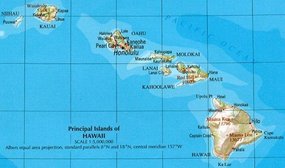

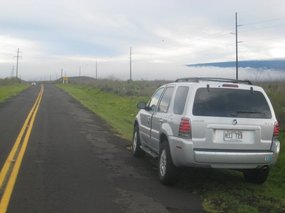
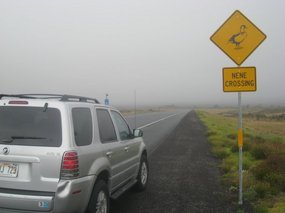
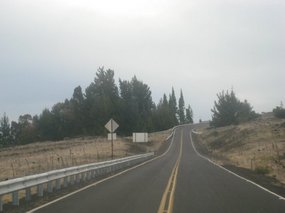
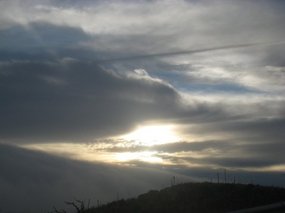
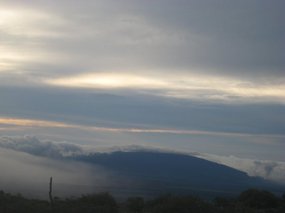
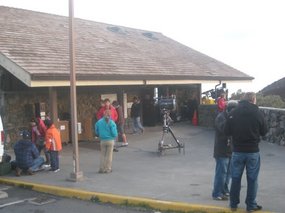
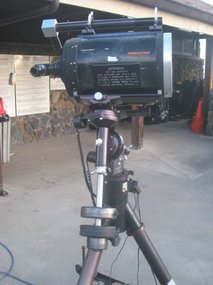
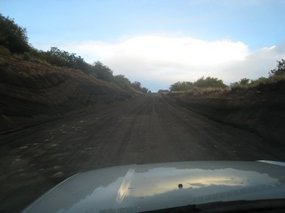
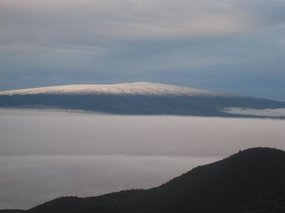
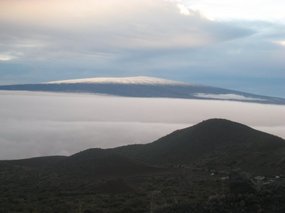
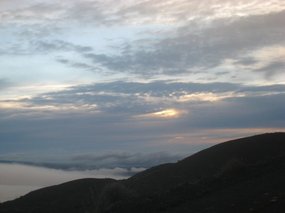
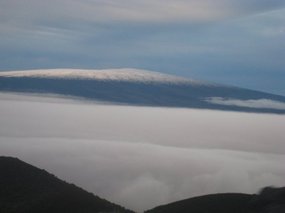

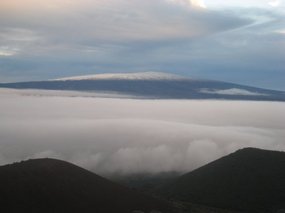
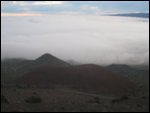
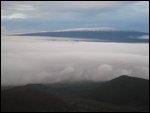
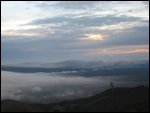
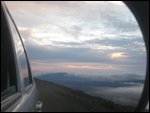
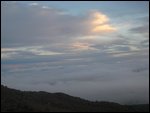
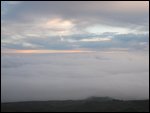
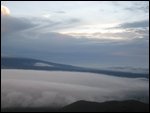
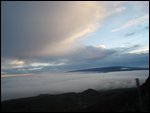

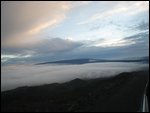

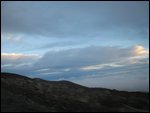
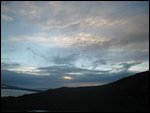
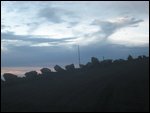

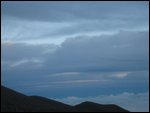
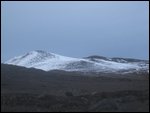
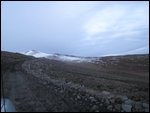
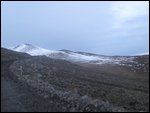
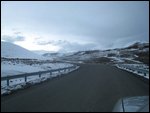
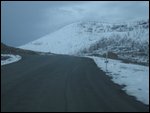
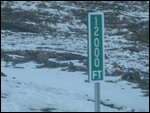
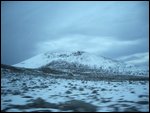
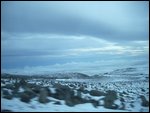
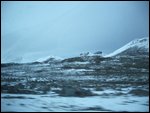
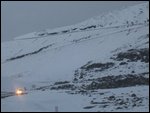

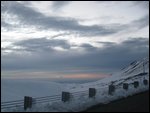
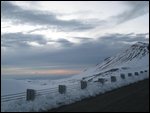
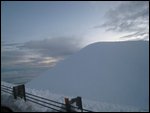
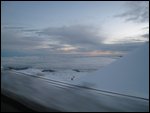

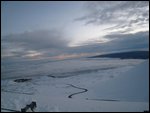

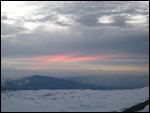
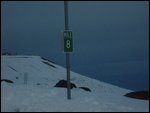
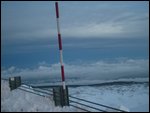
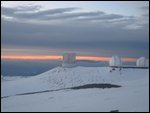
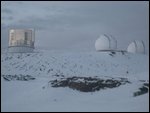
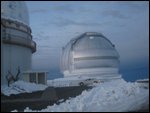
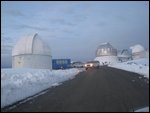
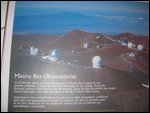
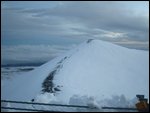
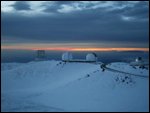
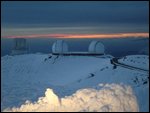
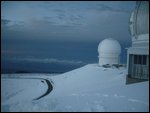

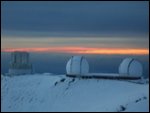
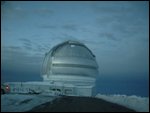
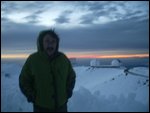
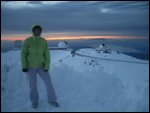
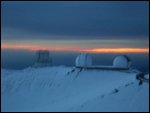
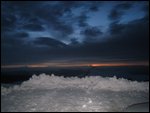
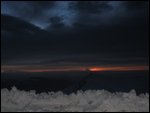
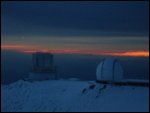
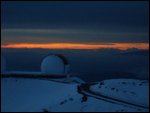
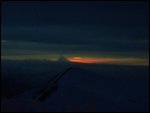
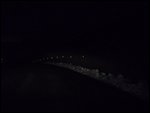
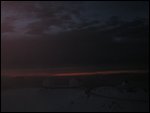
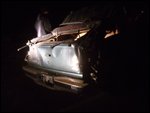
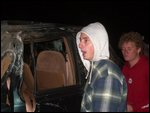
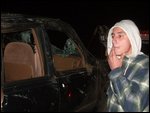
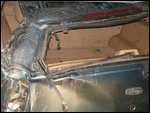
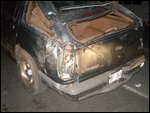
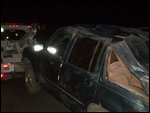
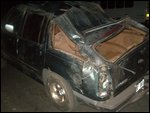
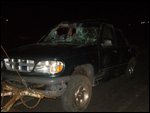
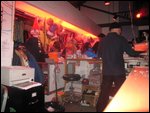

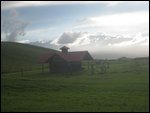
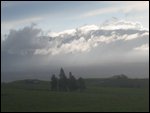
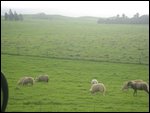
2025-05-22